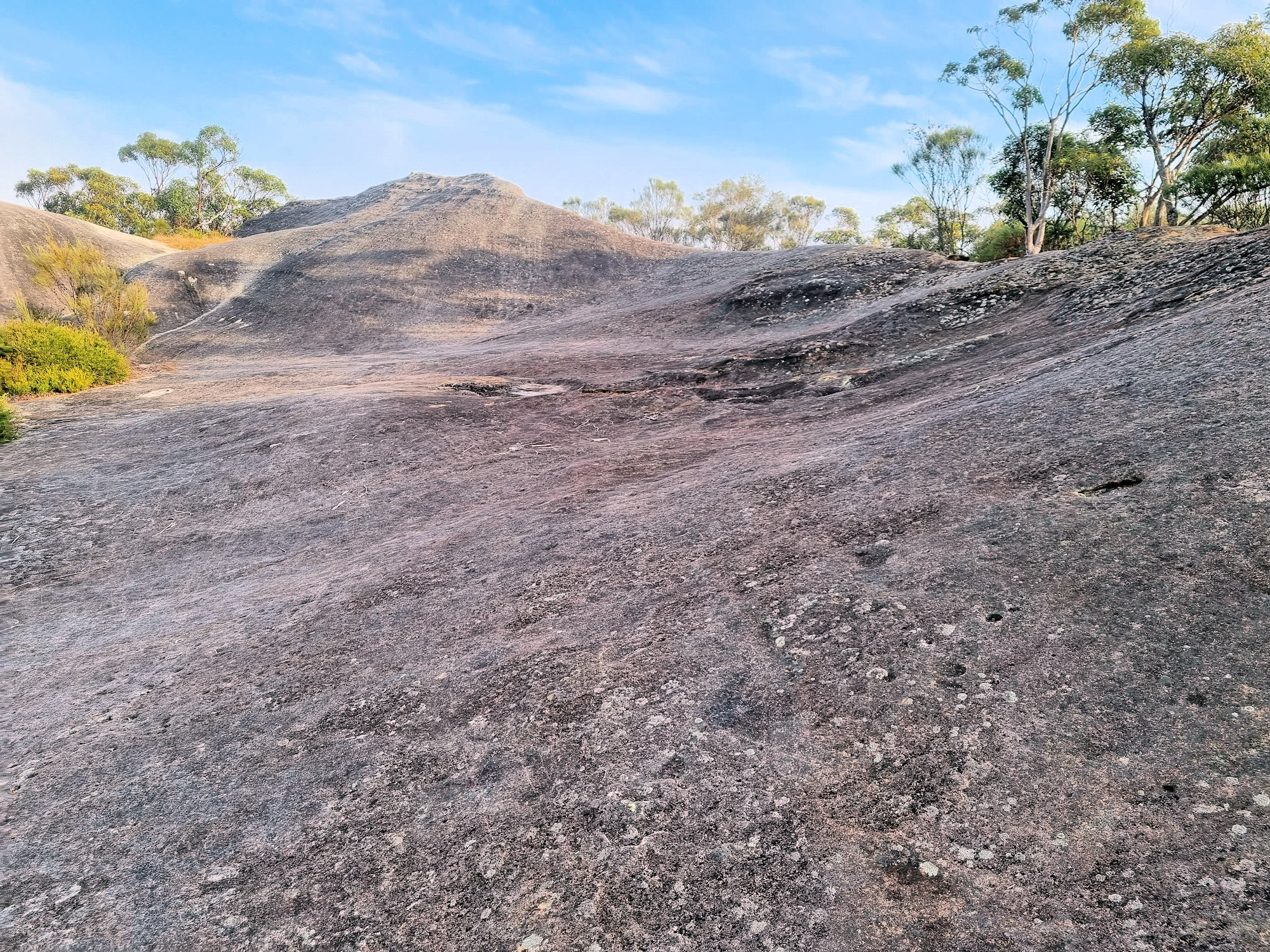Tag: Bushwalking
-
Carradah Park Sydney Australia

Carradah Park Sydney Australia History of the Site The BP refinery at Carradah Park in Waverton has a rich history that dates back several decades. Here is a brief overview of its historical significance: The refinery was established in 1926 by the Anglo-Persian Oil Company, which later became British Petroleum (BP). Its location in Waverton,… Read more
-
Balls Head Reserve Sydney Australia

Balls Head Reserve Sydney Australia Located on the northern side of Sydney Harbour, Balls Head Reserve is a scenic reserve offering breathtaking views of the harbour city and bridge. Winding tracks through regenerated native bushland let you experience the Australian bush without leaving Sydney. History The reserve was named after Henry Lidgbird Ball, who was… Read more
-
Elephant Rock Central Coast

Elephant Rock Central Coast Located on the New South Wales Central Coast in Brisbane Water National Park, Elephant Rock is less than five-minutes drive from Patonga, 25 minutes from Gosford or 1 Hour 20 minutes from Sydney by car. There are several ways to reach Elephant Rock, depending on how far you want to walk,… Read more